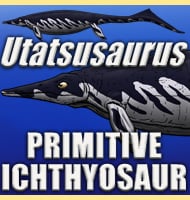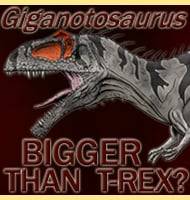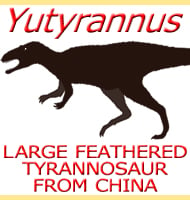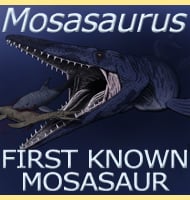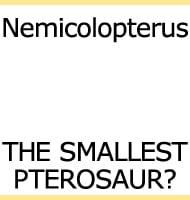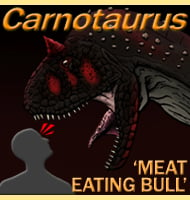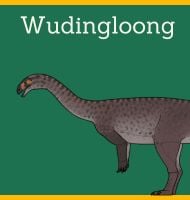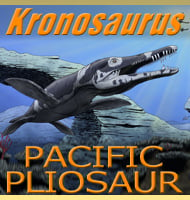In Depth
Leptorhynchos is based upon the description of caenagnathid oviraptorid dinosaur remains discovered in the Aguaja Formation of Texas, establishing the type species L. gaddisi. At the same time as this description, fossils from the Dinosaur Park Formation of Alberta and originally attributed as a species of Ornithomimus, O. elegans, have also been re-described as a species as the second species of Leptorhynchos, L. elegans. However, L. elegans has since been moved into the Citipes genus.
Like with other oviraptosaurs, Leptorhynchos would have been a bipedal theropod, probably with feathers. Rather than a mouth full of sharp teeth, Leptorhynchos would have had a toothless beak which could have been used in eating either plants or small animals, making the exact dietary preference (if any) of Leptorhynchos near impossible to determine at this time. Leptorhynchos is noted for its small size, a beak that upturns slightly at the tip and the deepness of the mandible (lower jaw).
In the 2013 description, Longrich et al. used the paper to further point out the probability that dinosaurs like Leptorhynchos which displayed subtle differences between species and genera were probably niche specialists rather than being generalists in their ecosystems.
Further Reading
- Caenagnathidae from the Upper Campanian Aguja Formation of West Texas, and a Revision of the Caenagnathinae, Nicholas R. Longrich, Ken Barnes, Scott Clark & Larry Millar - 2013.- Caenagnathids of the Dinosaur Park Formation (Campanian) of Alberta, Canada: anatomy, osteohistology, taxonomy, and evolution. – Vertebrate Anatomy Morphology Palaeontology. 8: 105–153. – Gregory Funston – 2020.

